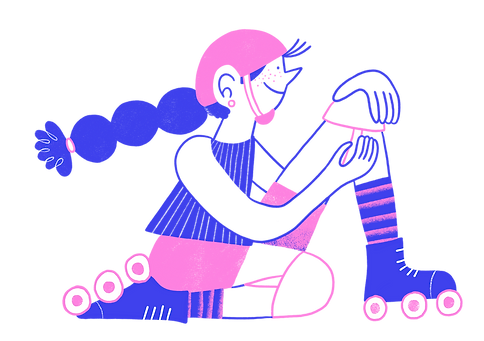
DECISION 4 –
Monitoring and Evaluation (M&E)
In Part I Key Decisions, you will have identified the objective(s) of your seed grant programme. It is important to consider how you will monitor and evaluate your programme as this will help you to:
-
Learn what has worked
-
Learn what could have been improved
-
Understand how/if participants change as a result of the programme
JUMP TO
How to carry out Feminist M&E practices?
At its core, M&E can be considered feminist if it actively recognises the needs of girls and young women, placing them at the centre of M&E practices and working to amplify their voices. Feminist M&E practices should prioritise the expertise and perspectives of girls and women, acknowledging their experiences through a process that prioritises their participation in all stages of M&E including design, implementation, analysis and reporting.
There are many ways to do this, but one example of how this may look as a piece of your seed grant programme is a Focus Group Discussion (FGD) with your Champions. Through conversation, you can ask them how they would like to collect data from their participants and how they would like to share what they have learned after being part of the seed grant programme.

Example of Feminist M&E tools
Feminist M&E practices are those that are participatory and work to prioritise and amplify the voices of girls and women. Two examples of feminist M&E tools are; (1) Picture Story and (2) 2 Minute Video.

PICTURE STORY
Picture Story is an engaging and participatory data collection method. It allows girls or women to identify, represent and enhance their experience through a specific visual technique. Picture Story uses images as a tool, posing meaningful questions and allowing the girls and women to reflect and share their experiences, both positive and negative, in photos or drawings. The pictures selected will be used alongside captions written by the girls and women, bringing the realities of their lives into focus.

2-MINUTE VIDEO
2 Minute Video is a fun and exciting data collection method. It allows girls and women to share their experiences through a series of quick-fire questions. It uses videos as a tool for girls to be the star of the show, by posing meaningful questions and allowing girls to reflect and share their experiences, both positive and negative, on camera. The videos challenge girls and women to think on the spot in the video ‘hot seat’!

